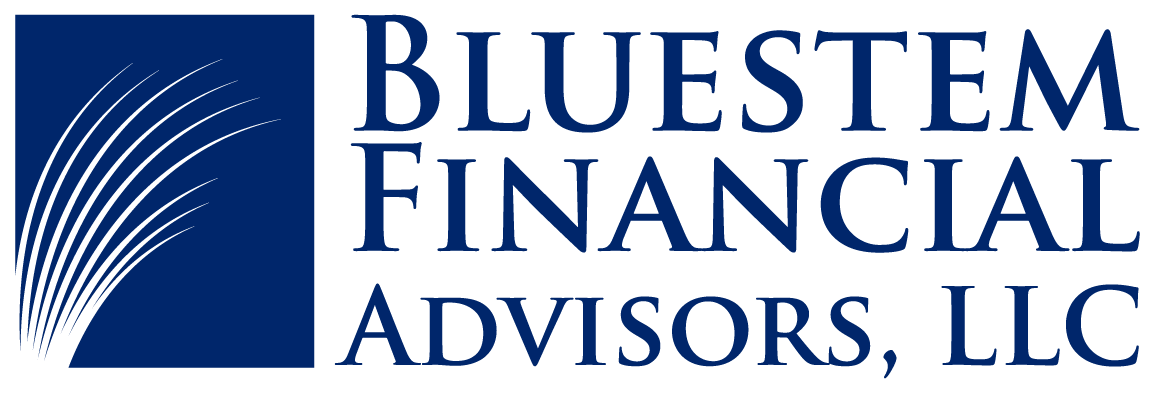At Bluestem, we’re not just passionate about providing top-tier financial advice — we’re also dedicated to shaping the future of financial planning. Our Financial Planning Residency program, launched in 2021, is a testament to this commitment. Designed as a two-year immersive experience, this residency is not only a unique training ground for aspiring financial planners, but also a strategic initiative to meet the evolving needs of our clients.
Why We Created the Financial Planning Residency
The financial planning profession is dynamic and growing, but the pool of skilled, fee-only financial planners is limited. We saw an opportunity to address this gap while supporting our firm’s growth by creating a program that cultivates the next generation of financial planners. By offering structured, hands-on training, we aim to enhance the quality of advice we provide to clients while helping launch the careers of promising professionals.
This program serves as both a recruitment tool for emerging talent and a way to ensure our clients receive personalized, expert guidance as they navigate their financial journeys.
What the Residency Offers
The Financial Planning Residency is designed to develop a well-rounded, capable financial planner through a phased approach. Over two years, residents gain foundational technical skills and client-facing experience, ensuring they’re prepared to serve clients effectively and confidently.
Year One: Foundational Experience
In the first year, residents focus on learning the inner workings of financial planning. From supporting the creation of financial plans to mastering essential tools and processes, residents build the technical and operational skills needed to succeed. This phase is primarily back-office focused but lays the groundwork for a deeper understanding of client needs.
Year Two: Client-Facing Development
The second year transitions residents into more client-facing roles. They begin to lead client meetings, present financial strategies, and build relationships. This year is all about honing communication and leadership skills, preparing residents to not only offer advice but to guide clients with confidence.
Graduation: What Comes Next?
Upon completing the two-year residency, our residents have multiple paths forward. Some may choose to stay with Bluestem as full-time financial planners, contributing to our mission of delivering client-first advice. Others may use the experience, skills, and connections they have built during their residency to launch into the next phase of their careers, with Bluestem’s full support and network at their disposal. Whether they stay or move on, our goal is to help each resident succeed and thrive in the financial planning profession.
Meet the Residents
We are proud to highlight our current and past residents, each bringing a unique background and perspective to Bluestem Financial Advisors:
Sam Wesley – In the first year of his residency following a robust undergraduate education at the University of Illinois, Sam is already contributing positively to engagements with our clients. He is busy mastering the technical side of financial planning while starting to work on the intricacies of leading a client relationship. Read more about Sam on our website here.
Tim Lee – Currently in his second year, Tim has been a tremendous asset to the team and is focused on continuing to solidify his technical financial planning skills while focusing more on developing strong client relationships and leading financial planning sessions. Read more about Tim on our website here.
Sue Plisch – As many of you may remember, Sue started as an intern with our firm in 2020, helped develop and launch our Residency Program, and graduated from the program to start her own firm in 2023. She has always shown the ability to connect deeply with clients, bringing advanced relational skills to every interaction. Sue’s success story is a testament to the impact of the program and Bluestem’s commitment to fostering future leaders in financial planning. You can learn more about Sue and her new firm by checking out her firm’s website here.
At Bluestem, we believe that nurturing the next generation of planners is crucial for the long-term success of both our clients and the profession. Our Financial Planning Residency is just one of the ways we are investing in that future, offering our clients the best of today’s expertise and tomorrow’s potential.
If you or someone you know might be interested in our open position for June 2025, please check out our job posting!











